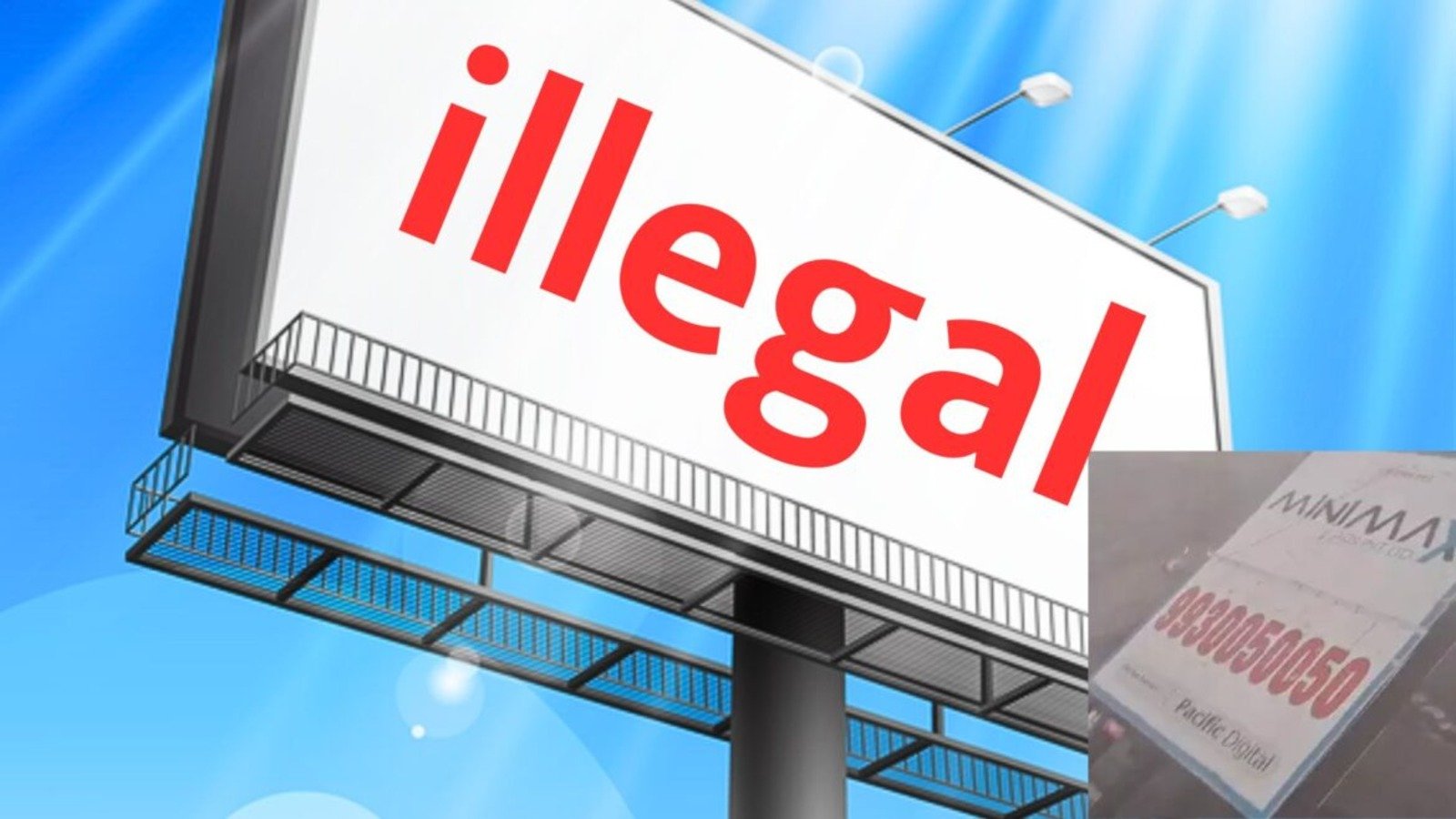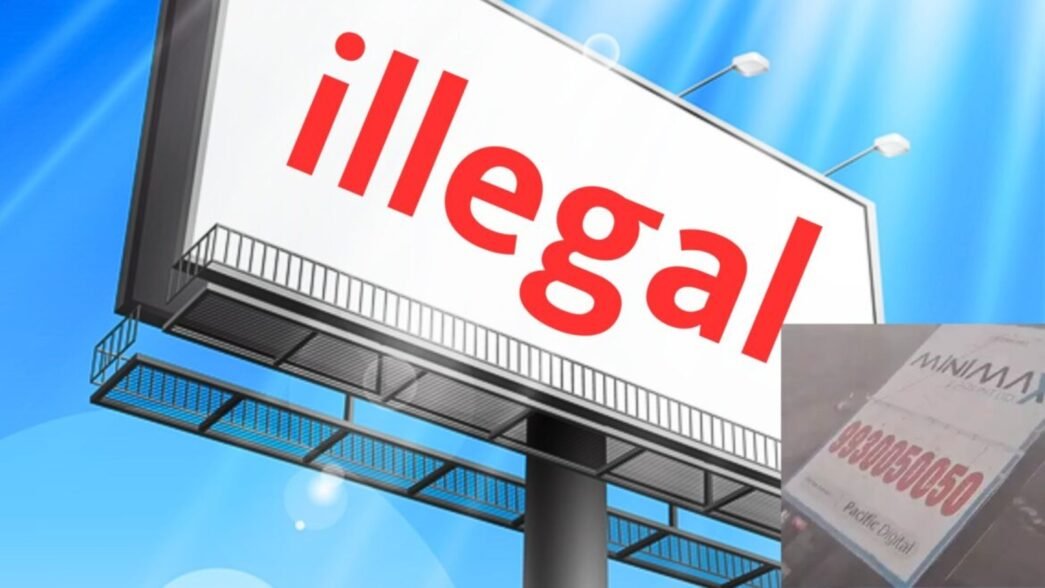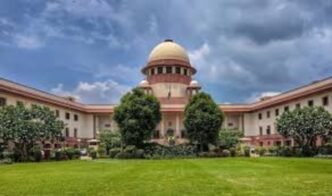New Delhi: The Bombay High Court on Thursday dismissed petitions challenging the notices issued by the City and Industrial Development Corporation (CIDCO) to remove non-compliant hoardings in the Navi Mumbai Airport Influence Notified Area (NAINA). The petitioners, Devangi Outdoor Advertising and Harmesh Dilip Tanna, proprietor of Gargee Graphics, had contested the notices issued by CIDCO following the tragic collapse of a hoarding in Ghatkopar, which resulted in the deaths of 17 people.
The notices, issued on May 22, were part of CIDCO’s crackdown on illegal hoardings in the wake of the incident. A division bench comprising Justices Somasekhar Sundaresan and N R Borkar heard the petitions and noted the existing regulations under the Sanctioned Development Control and Promotion Regulations for the Interim Development Plan of NAINA. These regulations provide a comprehensive framework for the display of advertising signs.
ALSO READ: Skechers Signs Indian Football Captain Sunil Chhetri as Brand Ambassador
However, the court observed that these rules were routinely ignored. The bench emphasized that legally, it could not offer any further protection for the petitioners’ hoardings, given their non-compliance with established norms.
The court queried the petitioners’ counsels about the possibility of voluntarily removing the non-compliant hoardings. In response, the petitioners agreed to dismantle the hoardings within four weeks. They also argued that the existing size norms for hoardings were outdated and needed revision.
Addressing this concern, the High Court suggested that the petitioners could approach CIDCO with a representation for revisiting the permitted size of hoardings. The court directed CIDCO to consider such representations expeditiously.
“The representation on revisiting the permitted size of the hoardings, if filed by the petitioners, shall also be expeditiously considered by CIDCO,” the court stated while concluding the proceedings.
This decision marks a significant step in enforcing compliance with advertising regulations in NAINA and highlights the judiciary’s role in addressing public safety concerns following the Ghatkopar incident. The petitioners’ willingness to comply and the court’s directive for a review of norms may lead to updated regulations that balance safety with the interests of the advertising industry.













